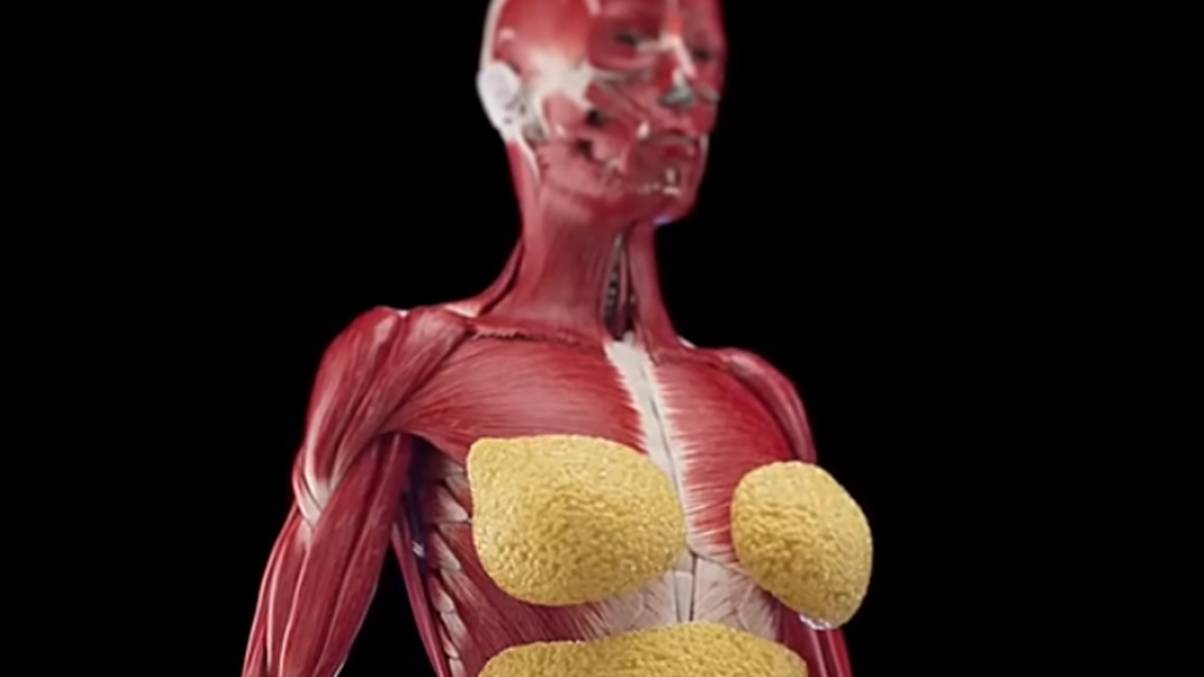Think Therapy Is Only for the “Deeply Troubled”? 5 Surprising Myths Debunked by Science
Here’s a question: If therapy is just “talking,” does that mean my 10-minute rant about my neighbor’s lawn gnomes counted as a breakthrough? Spoiler alert: it did not. That’s just one of the many bizarre—and, okay, sometimes hilarious—myths floating around about therapy. Let’s face it, whether you picture a serious-faced shrink in an office or your own wild attempts to psychoanalyze your dog, you probably have some preconceptions about mental health treatment. But in a world where more Americans are seeking therapy than ever before (and not just because their cat ignored them at breakfast), these old misconceptions are holding way too many people back .
Curious how gossip, cost, and gender stereotypes still shape the decision to get help—and how actual science leaves these myths in the dust? This article peels back the curtain—armed with research, real talk, and even some wallet-friendly ways to get the care you deserve. Ready to rethink everything you think you know about therapy? Lean in, laugh a little, and dive into the myth-busting mayhem. LEARN MORE

5 common therapy myths—and the research that disproves them
In the United States, receiving mental healthcare is quite common. More than 1 in 5 U.S. adults (21.6%) received mental health treatment in 2021, with the rate closer to 1 in 4 (23.2%) among those under 45.
The percentage of those seeking treatment has steadily increased since 2019, but stigma still keeps many people from accessing the care they need. In 2022, over 60% of those surveyed by the Kaiser Family Foundation and CNN said that stigma and shame pose barriers to care—second only to issues of cost and insurance.












